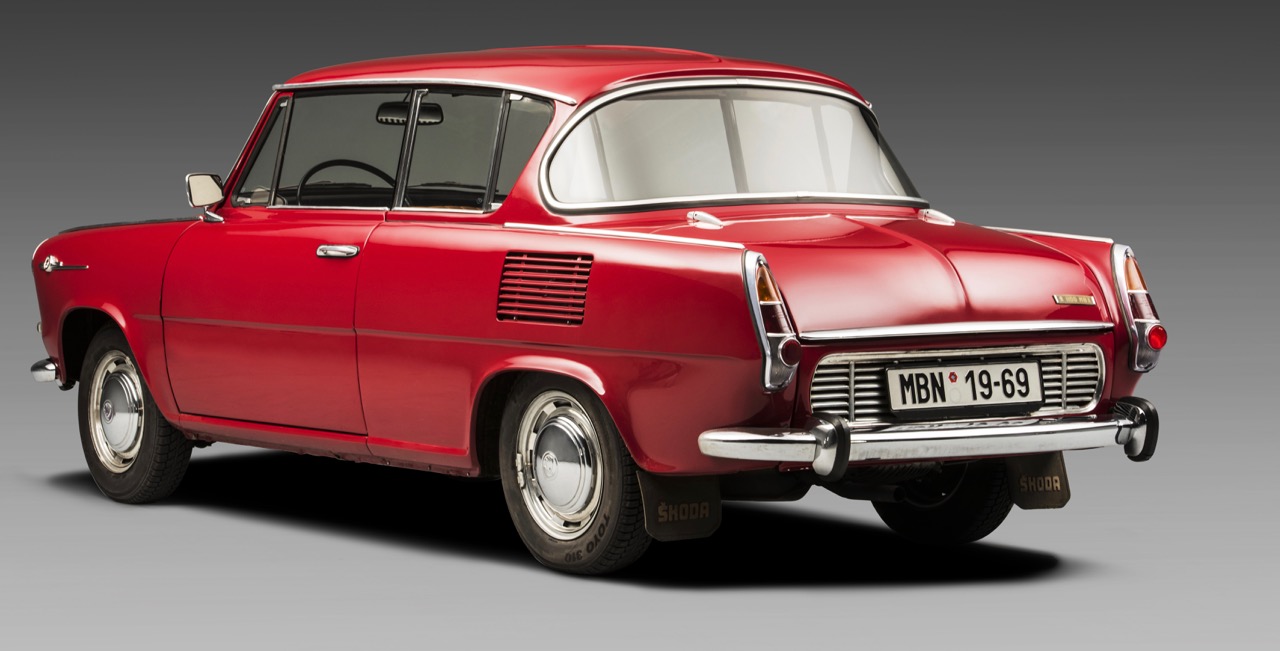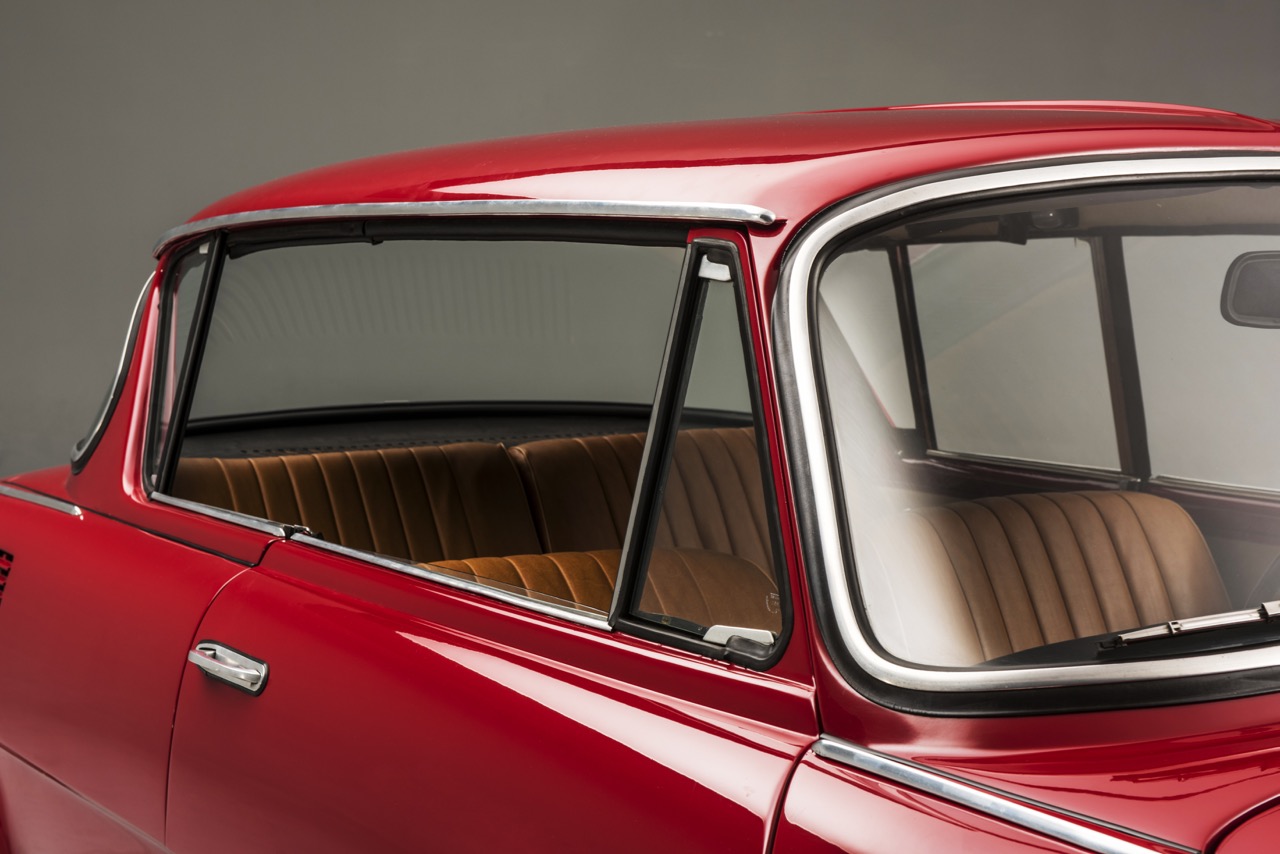
Tatra may be the most famous of Czechoslovakian automakers, but it is Skoda that celebrated the cult-car status and 50th anniversary of its 1000 MBX coupe at the recent Geneva Motor Show.
The 1000 MBX DeLuxe was introduced in March 1966 at the Geneva show. The car was a roomy five-seater with its 1.0-liter engine mounted behind those passengers.

“The legendary two-door Škoda 1000 MBX with its liberally glazed body crowned the success of the first Czech large production car — the four-door Skoda 1000 MB,” Andrea Frydlová, head of the Skoda Museum, said in a news release.
“This makes the vehicle an important milestone in Škoda’s history. The production figures increased significantly throughout the 1960s in Mladá Boleslav. Many progressive technologies in mass production caught on, including high pressure die-casting for cylinder and crank cases, as well as gearbox casing.”
The MBX was based on the mass-produced four-door ŠKODA 1000 MB, which boasted a modern monocoque body with the engine behind the rear axle.
The history of the MBX dates to 1960 when two prototypes to the Škoda 990 Tudor were built. Special bodywork with negative-sloping rear pillars flowing into the panoramic rear window and two doors with frameless windows was created. The body shell retained the roominess of the original notchback, but with an enhanced side view. It was not only the driver and front passenger that could wind down the door windows, but passengers in the back seat could open the small rear windows.
The production version, introduced at the 1966 Geneva show, gave the impression of not having B pillars. In fact, the pillar had a narrowed upper portion that could be rolled down with the rear side windows, so occupants could enjoy a panoramic view and outstanding ventilation.

Skoda notes that it was the first European automaker to incorporate aluminum die-casting into cylinder-block production. The four-speed transmission case also was also produced with that construction technology.
“Thus, Škoda built on a process originally devised in 1922 by Czech engineer Josef Polák, the main advantage being significantly shorter production times,” the automaker said in a news release.
The Skoda 1000 MBX was powered by a four-cylinder, 1.0-liter engine that produced 52 horsepower and could propel the coupe to speeds of 80 mph.
In November, 1967, a 1100cc version of the engine was introduced and in 1969 the engine grew to 1114cc. Then, in 1970, the Coupe Skoda 110 R version was launched and is a sought-after car for many European car collectors.
Skoda was founded in 1895 as Laurin & Klement, which was acquired in 1925 by Skoda Works. Skoda joins Daimler, Opel, Peugeot and Tatra as the five oldest automakers with unbroken histories. In 2000, Skoda became part of Volkswagen Group.






